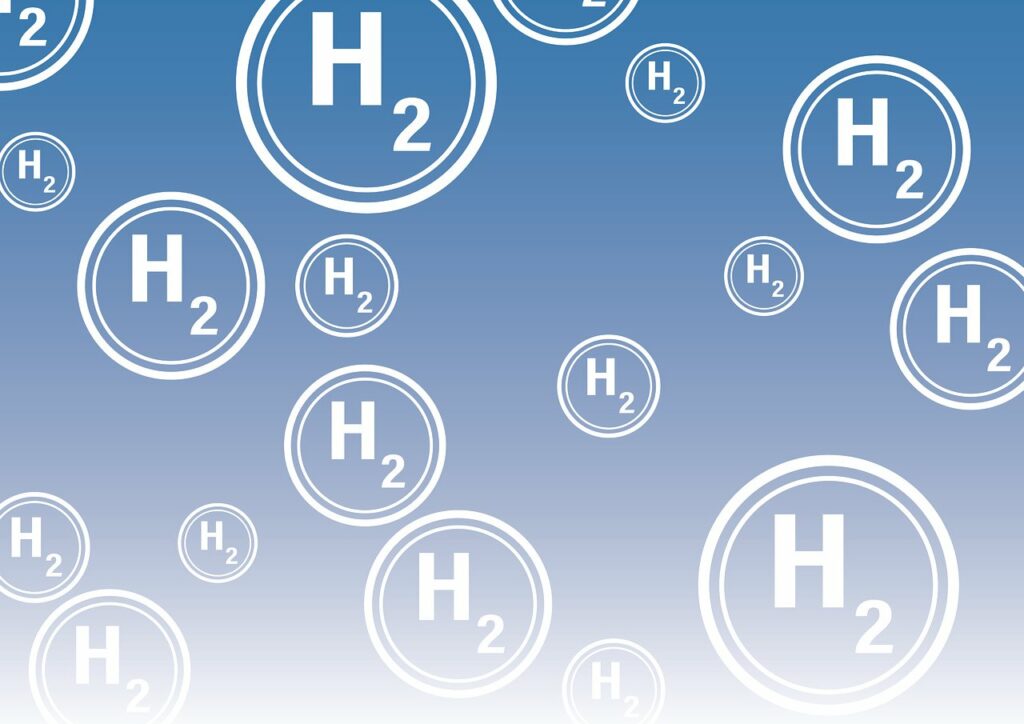German hydrogen demand reached 2.4 million tonnes in 2023, projected to grow at just 3.2% annually through 2034—a pace that starkly contrasts with the urgency embedded in the newly proposed Hydrogen Acceleration Act (WassBG). The federal government’s draft legislation, submitted for consultation through July 28, 2025, reflects mounting recognition that bureaucratic barriers, not technological limitations, represent the primary constraint throttling Germany’s hydrogen market development.
The WassBG’s most significant intervention involves reclassifying hydrogen infrastructure projects as matters of “overriding public interest,” a legal designation that streamlines permitting processes and reduces judicial review timelines. This regulatory framework shift addresses a critical bottleneck: current electrolyzer capacity under construction or secured funding represents merely 9% of Germany’s 2030 target of 11.3 GW, highlighting the gap between policy aspirations and implementation reality.
Market fundamentals underscore this regulatory urgency. Germany holds a 25% share of the European hydrogen market in 2024, yet this leadership position remains vulnerable to execution delays. The country’s updated National Hydrogen Strategy doubled the domestic electrolyzer capacity target from 5 GW to 10 GW by 2030, but current deployment trajectories suggest significant implementation challenges ahead.
The German Renewable Energy Association’s (BEE) response to the WassBG draft reveals both satisfaction and strategic concerns. While welcoming the focus on domestically produced green hydrogen, BEE President Dr. Simone Peter emphasizes that accelerated approvals alone cannot guarantee project viability. The association’s critique centers on the draft’s removal of the 80% renewable electricity requirement for electrolyzers—a provision that previously ensured system coherence between hydrogen production and renewable energy integration.
This regulatory modification reflects broader tensions within Germany’s energy transition strategy. Without mandating high renewable electricity percentages for electrolyzers, the WassBG potentially enables hydrogen production that relies partially on grid electricity, including fossil fuel-generated power during periods of low renewable output. Such flexibility may accelerate deployment timelines but compromises the environmental integrity that justifies substantial public investment in hydrogen infrastructure.
Current electrolyzer project capacity planned for 2030 stands at 8.7 GW as of August 2023, rising from 8.1 GW in February 2023—indicating progress but at insufficient velocity to meet revised targets. The modest 0.6 GW increase over six months suggests that regulatory acceleration measures face implementation constraints beyond bureaucratic processes.
The WassBG’s scope limitations present additional strategic challenges. BEE’s call to include biogenic hydrogen and biomethane infrastructure within the accelerated approval framework highlights gaps in the current draft. These omissions reflect a narrow regulatory focus that may inadvertently constrain technology diversity and supply chain resilience in Germany’s emerging hydrogen economy.
Market dynamics beyond regulatory frameworks continue to constrain hydrogen sector development. The global green hydrogen market reached $7.98 billion in 2024, projected to grow at a 38.5% CAGR through 2030, yet this expansion depends on coordinated policy support across production, distribution, and demand-side applications. Germany’s regulatory acceleration addresses supply-side constraints while demand-side mechanisms remain underdeveloped.
The coalition agreement’s promised quota systems and lead market initiatives, referenced by BEE leadership, represent critical missing components in the current hydrogen policy architecture. Secured purchase agreements and demand mandates would provide project developers with revenue certainty necessary to justify large-scale infrastructure investments. Without these demand-side instruments, accelerated approvals may simply enable faster development of projects lacking viable commercial prospects.
The broader hydrogen market crossed $204.5 billion in 2024, expected to grow at a 12.2% CAGR through 2034, driven primarily by industrial decarbonization requirements. Germany’s position within this expanding market depends on executing deployment targets that currently appear optimistic, given implementation progress to date.
The WassBG timeline, extending from August 2027 through July 2030 with a potential seven-year extension, provides regulatory clarity for long-term project planning. However, this extended timeframe also acknowledges implicit recognition that current deployment rates cannot achieve near-term policy targets without sustained regulatory support and demand-side intervention.
Industry analysis suggests that Germany’s hydrogen strategy faces execution challenges common across European markets. Cumulative installed European hydrogen capacity projections dropped by 54 GW due to project cancellations, indicating that regulatory acceleration alone cannot ensure project viability without complementary commercial frameworks.
The WassBG represents a necessary but insufficient intervention in Germany’s hydrogen market development. While regulatory streamlining addresses bureaucratic constraints, successful hydrogen economy emergence requires coordinated policy instruments spanning production incentives, demand creation, and infrastructure investment. The draft law’s consultation period conclusion marks an important regulatory milestone, but implementation success depends on broader policy coherence extending well beyond approval acceleration mechanisms.





